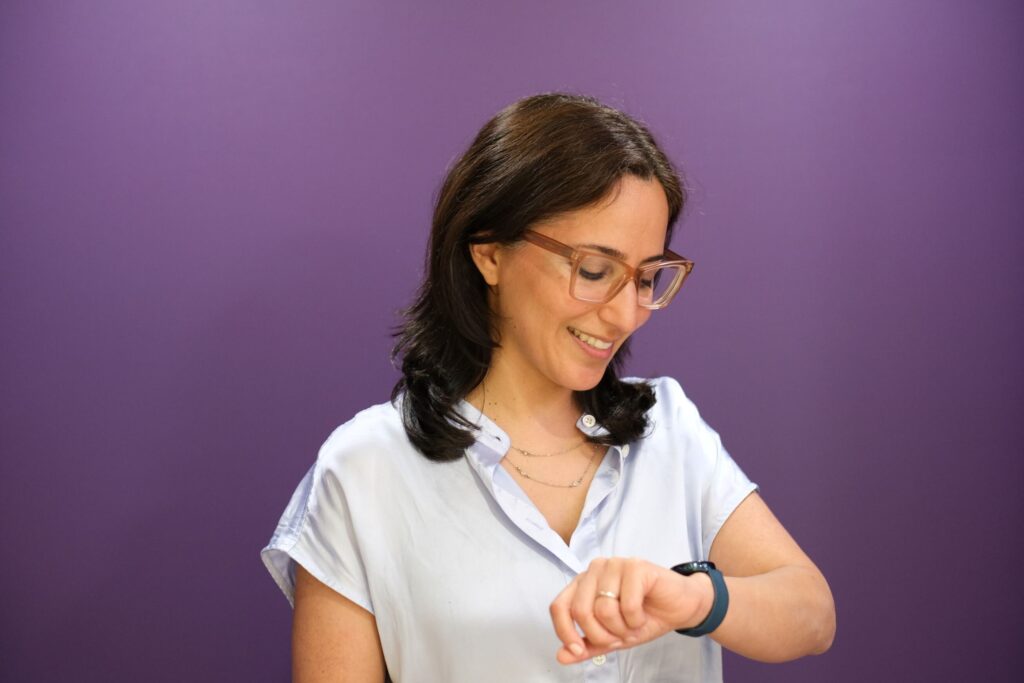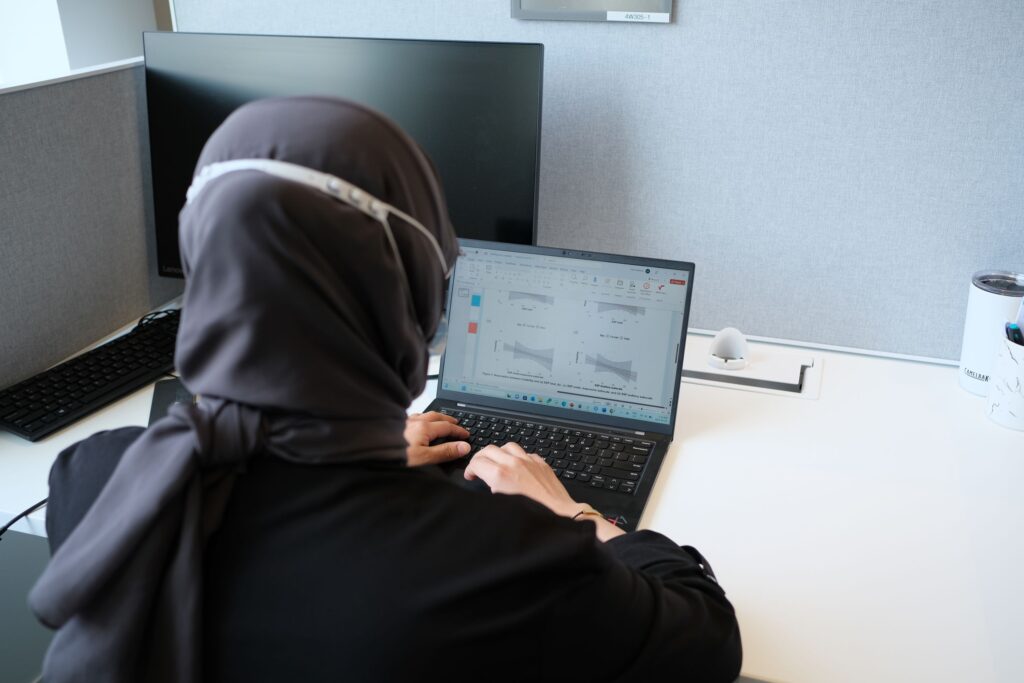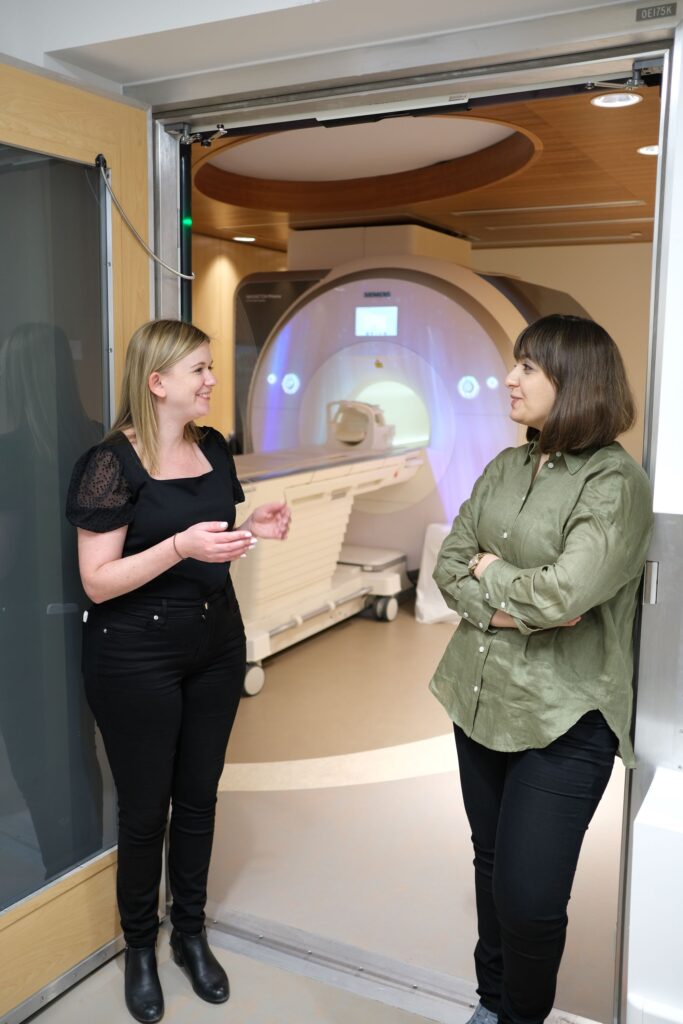At the Autism Research Centre at the Holland Bloorview Kids Rehabilitation Hospital, Dr. Azadeh Kushki and her team of researchers set out to advance personalized health for children with neurodevelopmental conditions such as autism and ADHD. To do this, they use data science to understand the diversity of brain development and develop technology-based approaches to support children in a personalized way. Their work uses multiple data sources, from neuroimaging data to clinical information, to determine the biological and behavioral signatures of neurodevelopmental differences and disabilities, and to understand how these signatures map onto outcomes like response to interventions. By considering individual differences, personalized health has the potential to significantly improve outcomes for neurodivergent children.

Developing a better understanding of neurodiversity
One of the major projects in the Kushki lab is to challenge the nature of our existing diagnosis labels for neurodevelopmental conditions like autism, ADHD, and obsessive-compulsive disorder. These labels are currently very broad and there is significantly variability within each label in terms of biology, response to intervention, and experiences of distress and disability. To be able to individualize supports for children with these conditions, we need more precise groupings that align with biology. Dr Kushki’s team is using data science to do this. One way to extract this information is by looking at neuroimaging data.
“My project focuses on using different types of brain scans to study neurodevelopmental conditions,” says Marlee Vandewouw, a senior doctoral student in the Kushki lab. “We are currently trying to come up with better groupings of kids based on their neurobiology instead of our existing labels.”
“My study findings suggest that our broad diagnostic labels do not always align with unique patterns of brain function,” says Marlee. “Brain-based groupings, instead of our existing diagnosis labels, can help us understand and support the unique strengths and needs of neurodivergent children through personalized approaches.”
Another way to learn about individual differences is by understanding the predictors of outcomes.
“My research looks at what clinical and demographic factors predict children’s ability to independently do the skills they need to function in life. I also look at how these skills compare to what is expected based on a child’s cognitive strengths and needs, and how they change over time.” says Eric Wan, another PhD student in the lab.
“This work will ultimately inform personalization of interventions and supports to enhance outcomes for neurodivergent children. “
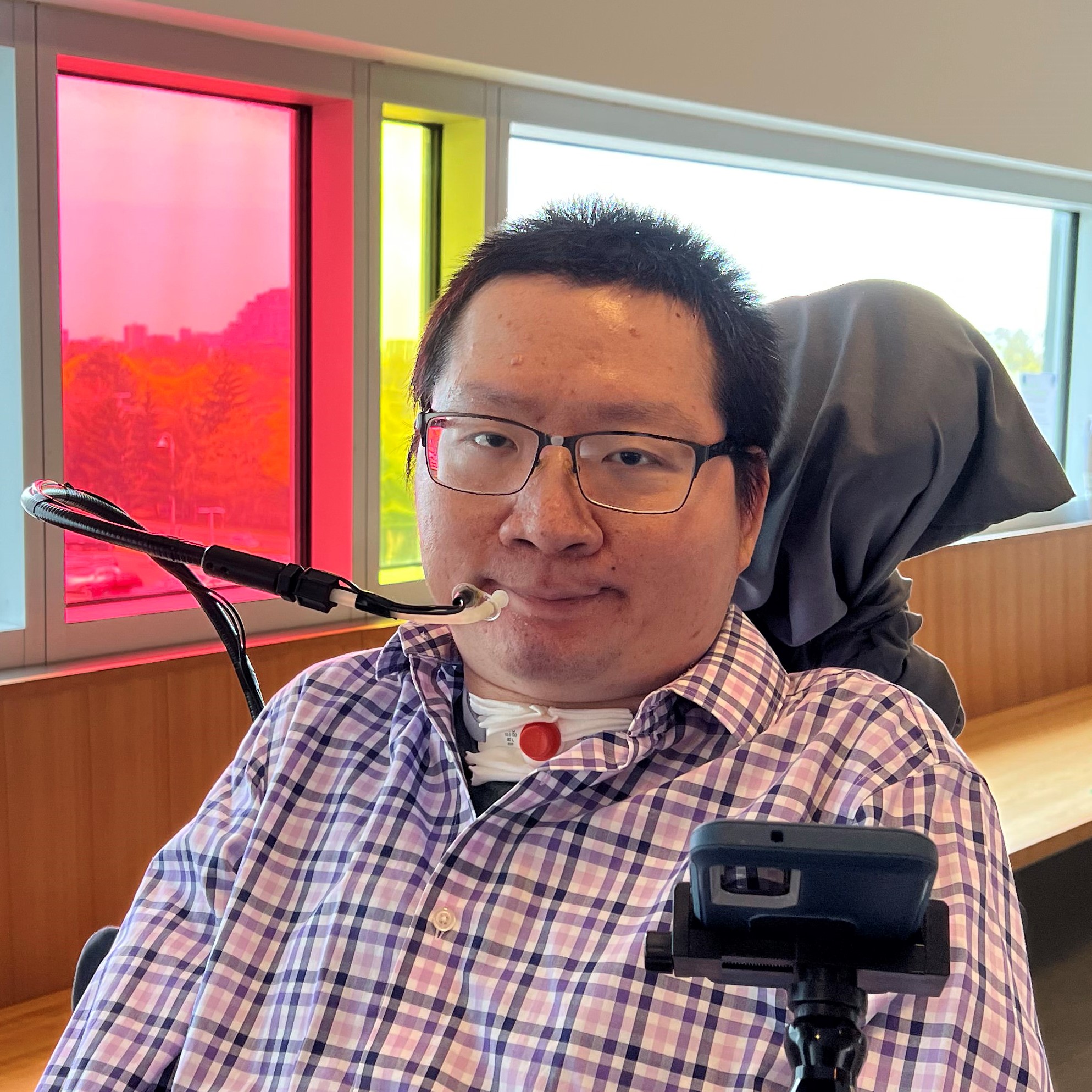
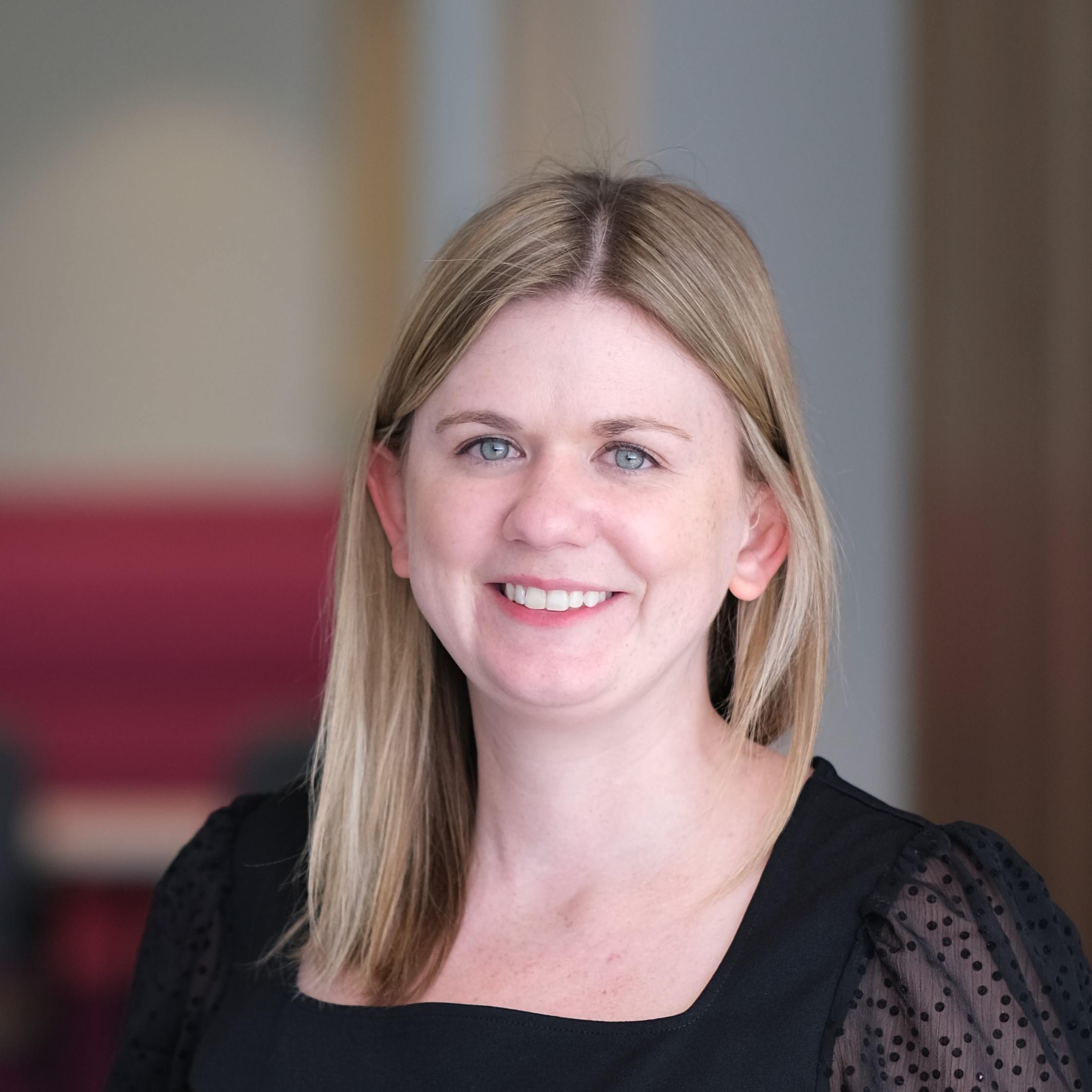
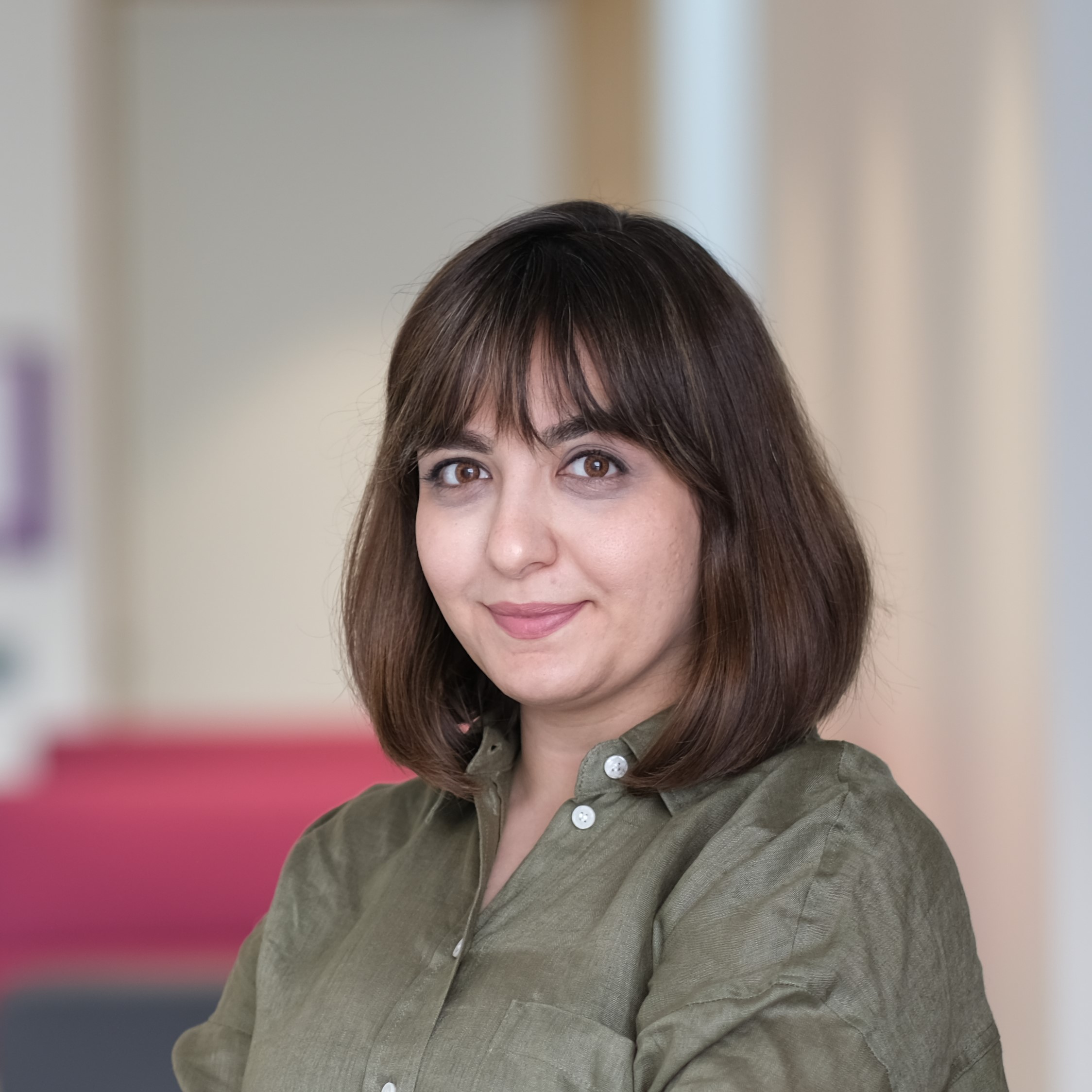

Personalized health for supporting neurodivergent children
Given the large variability in autism and ADHD, personalized health has the potential to improve our understanding of neurodevelopmental conditions and inform the development of more effective and targeted interventions and supports.
One way to do this is to look at what predicts responses to treatments and interventions.
“My thesis project is focusing on how brain function may predict response to pharmacological interventions in autism.” Says Azadeh Sereshki, a PhD student in Dr Kushki’s lab.
Another project examines the predictors of irritability in autism. “Irritability can negatively impact outcomes for many children and increase the experiences of distress and disabling. My work examine the factors that predict irritability to inform targeted and personalized interventions.” Says Sara Alatrash, a Master’s student in Dr Kushki’s lab. “This work can help us learn which treatments work best for whom, improve our ability to find the best medication fit faster, and reduce exposure to ineffective drugs with serious side effects.”
Another approach to personalized health in Kushki’s research is using data from a variety of sources to better understand the children’s evolving needs in real world environments. This is where technologies like wearable devices really shine, because they can collect continuous and fine-grained data not only about children, but also about their environments.
One of the successful projects from the Kushki lab is hollyTM, an application that runs on a smartwatch to help children manage their emotions. hollyTM measures heart rate and activity levels and computes the level of intensity of the emotions a child is experiencing. hollyTM then alerts the children or their caregivers when emotional intensity levels are rising, and intervention is needed. hollyTM has been validated in lab and real environments and shown to improve awareness of emotional levels in children and adults.
“Our goal is to improve awareness and understanding of internal states, especially for children who may not be able to communicate these feelings in the moment.” Says Dr. Azadeh Kushki. “The goal is to enable effective and timely emotional regulation and support positive participation and mental health outcomes.”
“Wearable devices like smart watches allow us to collect information about the emotions children are experiences as well as environmental factors that may trigger these emotions. This information can help us identify environmental modifications to help reduce stress and disability.”
“Every child is different with unique strengths and needs. With personalized health approaches, we can support children in ways that are tailored to their specific needs,” says Kushki, “This is where we hope to be in 5-10 years, so that every child can receive the support that best matches their biology and environment, whenever they need it, wherever they need it.”
